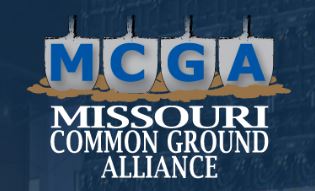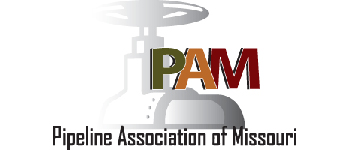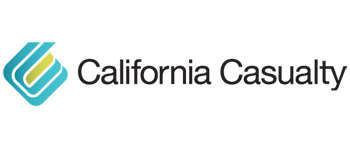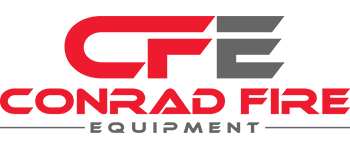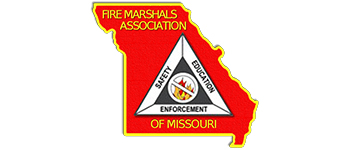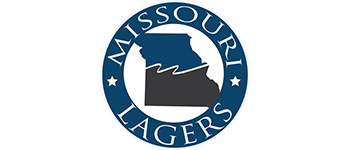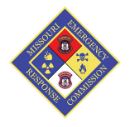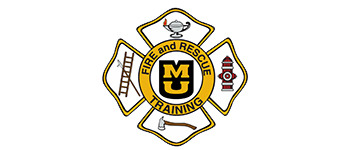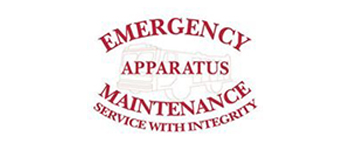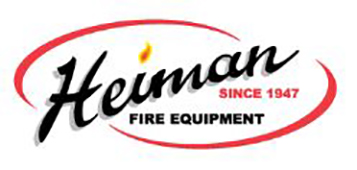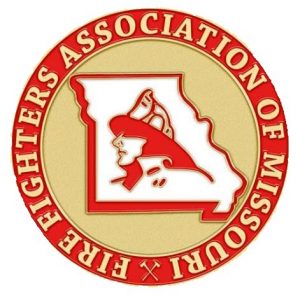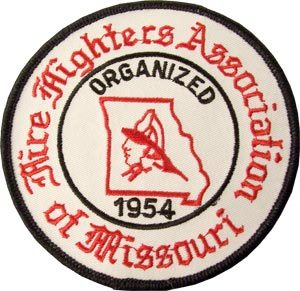Missouri May Not Need Worry
With regard to OSHA’s proposed Fire Brigade Standard update (29 CFR 1910.156) NVFC continues to actively assist those 29 State Plan States (OSHA-States) which are immediately impacted. Missouri is one of the 21 Non-State Plan States (Non-OSHA States) that are observing what is going on in all of this and more confident than two months ago such developments should not come to pass for Missouri. There are currently many varied opinions on this point. To be clear, Missouri was not one of the named entities covered by the proposed rule and Federal OSHA does not cover public Emergency Service Organizations (ESOs) in states without OSHA-approved State Plans. For Missouri, that is a good thing at this moment. There are now strong opinions this will never come to pass in Missouri while some make the argument at least not yet unless the ESO laws should change. No one can accurately predict the future of all things government.
There is currently a lot of negative communications and increased fear being projected in media, print, and news concerning what has been proposed while detailing many potential unknowns because OSHA is not commenting or responding to specific questions. Perhaps this is normal during the public comment phase of any proposed revision, or they just do not yet know those answers. This in some cases has unfortunately created an immediate belief in the very worst of all things having already arrived and the absolute outcome is already underway. Not so in Missouri but those are currently real and immediate concerns in the OSHA states right now. For them, they are only getting started with a long way to go before anything is finalized.
For Missouri there is just one “MUST QUICKLY DO” right now if you choose to get involved and that is submitting a public comment by July 22. For the OSHA states, the remainder of this process is not a sprint, but a marathon. All of this must be settled starting with the time required through the course of the comment period which closes at 5:00 pm EST on July 22. Next is the internal OSHA review of those public comments which will take months, not weeks, followed by possible revisions (or not) to the proposed standard depending on their findings. Next will be public hearings within a congressional sub-committee. The next but not final step is OSHA’s final review with the publication of their final draft. The next round is letter writing to congressional Representatives both in and out of the Congressional Review Act (Representative Debate/Hearings). Once that is completed, Congress will vote allowing the revised standard to go forward as proposed or it will be “struck down”. That would not mean it is over as OSHA would have a chance to revise and try again but that would be years away. If moved forward, that is the final act becoming the revised new standard and written permanently into the Federal Register as 29 CFR 1910.156. This process must arrive written into the Federal Register before coming back to any discussion regarding what if any of this could have as a direct or indirect effect on the remaining 21 non-OSHA states a.k.a. Missouri.
Unless something changes with the ESO Standard for Missouri, Federal OSHA has no authority to enforce their regulations on public entities in Missouri as written. Missouri is one of the states that has not adopted an OSHA-approved state plan that would require public entities to follow OSHA regulations.
The concern for those who have actively worked with OSHA regulations on a regular basis during their career is a very specific internal policy that goes along the lines of “a standard applied must meet or exceed”. This is what was used in those states which opted for state plans. The reverse engineering of this is the applied standard in the OSHA states eventually attempted for implementation in the non-OSHA states. There is no proof of this being planned at this time or in the future, but it remains very difficult to accept the logic that an OSHA standard so vastly different (if enacted) would be applied and enforced in a majority of the states (29) and ignored in the minority (21). This is not being presented as a fact, just an observation and a reminder to keep a healthy awareness of the workings of OSHA. Also, once government regulations are applied as law, there is seldom a relaxation of those standards. They are typically expanded and upgraded in the future. Take the time to let that thought sink in.
This brings us back to making a decision to get involved in a process that is not at this time going to directly affect the Missouri Fire Service and may not in the future based on current wording in the existing EOS standard. But what about indirect? There may be some resistance to even bring this up, but we will just call this kicking the can around for now. In leading into the following, a key disclosure is a very mixed group of opinions exist and without going too far into the weeds, it comes down to how you view sovereign immunity. Good old Wikipedia states, “Sovereign Immunity, or crown immunity, is a legal doctrine whereby a sovereign or state cannot commit a legal wrong and is immune from civil or criminal prosecution strictly speaking in modern texts in its own courts. State immunity is a similar, stronger doctrine”. There are those who believe this is the deciding defense and the full protection of the fire service for cause and action, but there are those who also point out that provisions for sovereign immunity behind its face value do not fit many of the specific types of fire service liability. Not a lawyer, but it brings up some defense questions that are only finalized in the courts.
For me, there are three points to consider before deciding to just let this pass by doing nothing for now. This involves being aware of the broader picture outside of our immediate zip code, and state and a willingness to make a difference in the larger and global element of this. First is the question of what mutual aid brings to mind when called upon. There are 29 states right now that need assistance with a major challenge they are facing in a real way. It would be nice to believe (hope) that if Missouri ever needed outside influence or assistance, that others would step up and back us up even if it was not immediately their fight. Second, we currently have the comfort in knowing the proposed OSHA standard will not directly impact Missouri, but do we know that to be 100% into the future? This goes back to my previously mentioned concern with an applied Federal law in the majority of the states but not all states. Now is the best time to take a shot at curtailing this although removed Just in case things change. Third is the question of 3rd party liability if the OSHA standard should move forward as is which will take all of those proposed NFPA Consensus Standards and turn them into federal law, becoming the law of the land and making it potentially easier for a plaintive to file and win in court. Minimizing the scope of the proposed standard does not eliminate all exposures. Point of fact operational exposure currently exists with the consensus standards, but the underlying concern is their being weaponized as a future ball and chain over all that we do or rather not do. Will sovereign immunity fully protect you and your organization? Some say absolutely yes, but I am not one of those believers. Even so, would it not be better to make an attempt to minimize this as much as possible now versus having to find new solutions to minimize legal exposures later? If cases are lost and new precedence set it would only get much worse in court, not better.
If you are still interested in getting involved, please continue reading. If not, thank you for your time and attention to this point, it was sincerely appreciated.
Possible Outcomes
I am going to take this remaining discussion through what I feel is the middle ground versus a worst case of the proposed standard eventually finding a home in Missouri. Some of the indirect concerns that I have and could envision (disclaimer, this is my opinion, not fact) start with questions that do not yet have an assured answer as they may or may not come to pass.
Could future SAFER grants be overwhelmingly graded toward the 29 OSHA States because they will have a ton of additional administrative requirements and specific crew staffing? Those types of Federal Mandated needs would logically elevate those grant requests to a high priority because it would be fact and strongly register with the reviewer.
Apply the same question to AFG. Could the remaining 21 non-OSHA states be largely left out because the need is MUCH GREATER than the other 29? Again, the need is obvious, and easier to frame that need in writing.
With regard to Capitol Hill representation, the OSHA states would have the majority of the Senate at 58, of 100 Senators in their corner. Interestingly, it is razor thin and nearly even within the house going just 1-2 on either side of the 435 when looking at that representation. My concern on this was the forming of a collation or a new congressional caucus working in favor of the OSHA states if it comes to pass leaving the non-OSHA states just short of majority influence. From their view, they would have to see this as unfair to their state and do all within their power to support remedies.
Firetrucks! Is anyone in need of a new rig? Unless OSHA provides a significant exception to what is currently proposed in the OSHA states, I would be very concerned about a future order. Getting a new truck takes 2-3 years. If the 29 OSHA states start dropping hundreds if not thousands of new orders, those trying to get trucks in non-OSHA states will be faced with greater backlogs especially if departments in the OSHA states can make a case of “greater need” which they could have a good argument.
Used trucks. If you are in the market, you just hit the lottery of what would be for sale in 29 other states. If you are trying to sell, your market collapses, because your marketplace becomes less than half of what it was before.
Mutual aid to surrounding OSHA states. Currently, these are largely Iowa and Illinois with some mileage along the western sides of Kentucky and Tennessee. This may present potential OSHA and legal exposures as soon as you cross the state line. You may no longer be protected by your Missouri immunity, just like being subject to all of the unique laws in an individual state, unless you can get a waiver in writing. There is also information from a very trusted source that the Secretary of Labor in one of our western adjoining non-OSHA states is concerned they may have to accept the new standard once it is finalized anyway. This would add one more state with a potential board-crossing issue. I digress and will move on.
If you have an interest in getting involved with a comment to assist the other states that are in this fight, it must be completed by the close of business (5:00 pm EST) on July 22. The following link is long but saves some steps in getting you to the right place. This landing page already has the key identification Docket No. (OSHA-2007-0073-0118. You may cut & paste your comments or upload a file (suggest PDF). Then use the drop-down box to select “Proposed Rules”. An email address is required, and you also get a few other options.
www.federalregister.gov/
documents/2024/02/05/
2023-28203/emergency-
response-standard#
open-comment
For more information, discussion points, templates, key pain points, and NFVC supporting documents, FFAM has a recently updated OSHA landing page at:
www.ffam.org/2024/05/17/oshas-proposed-
emergency-response-rule/
You may also contact me directly at 314-709-0760 or keith.smith@warrenton-fire.org. Thanks!










